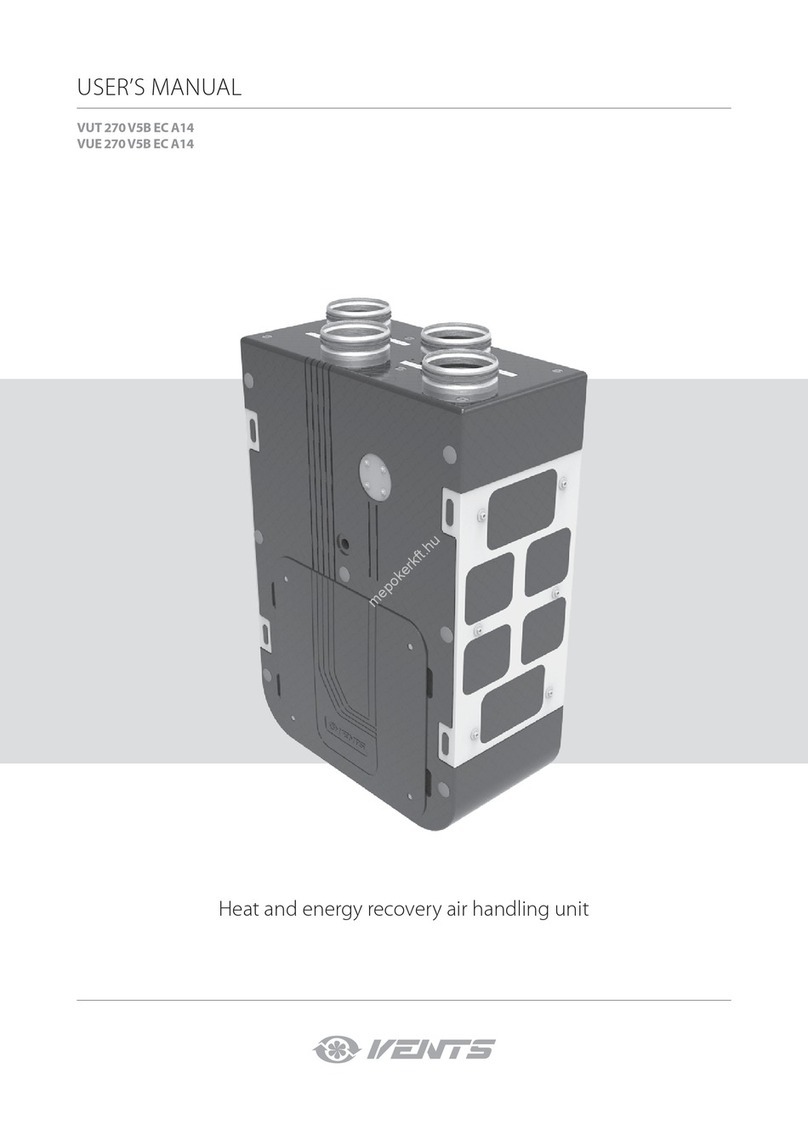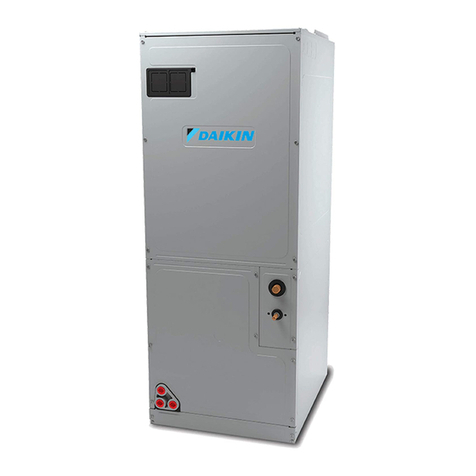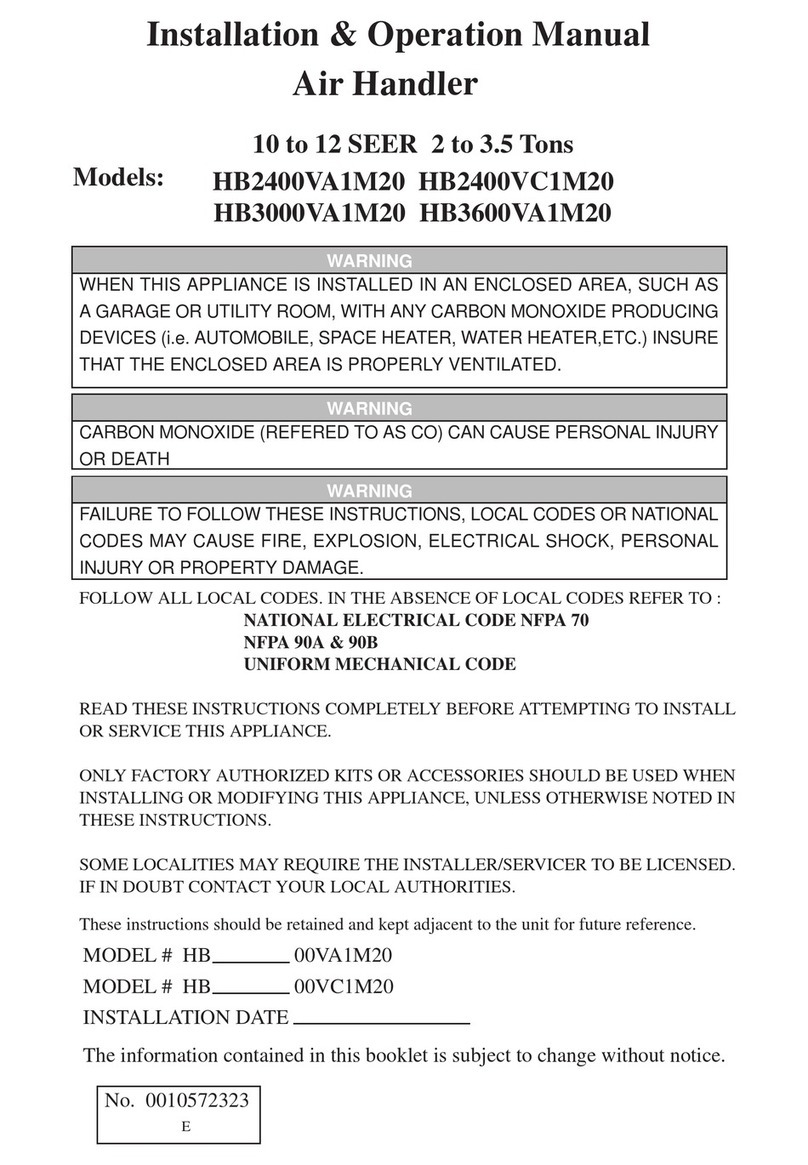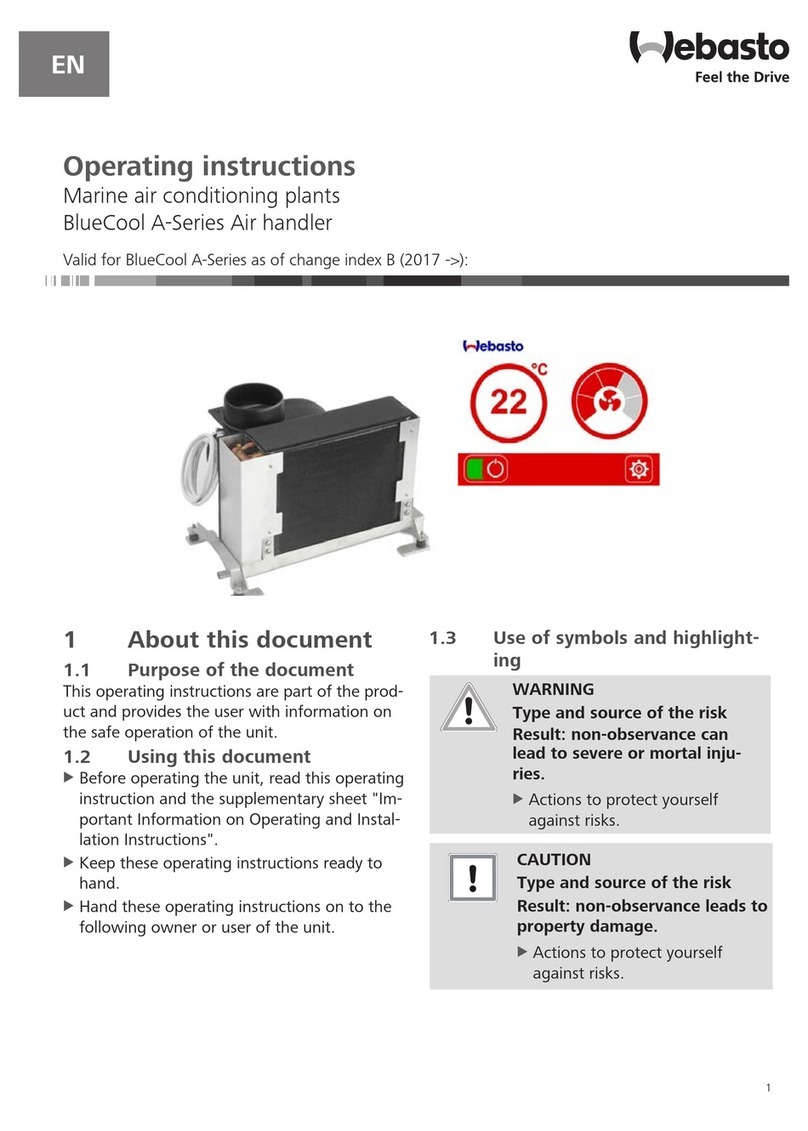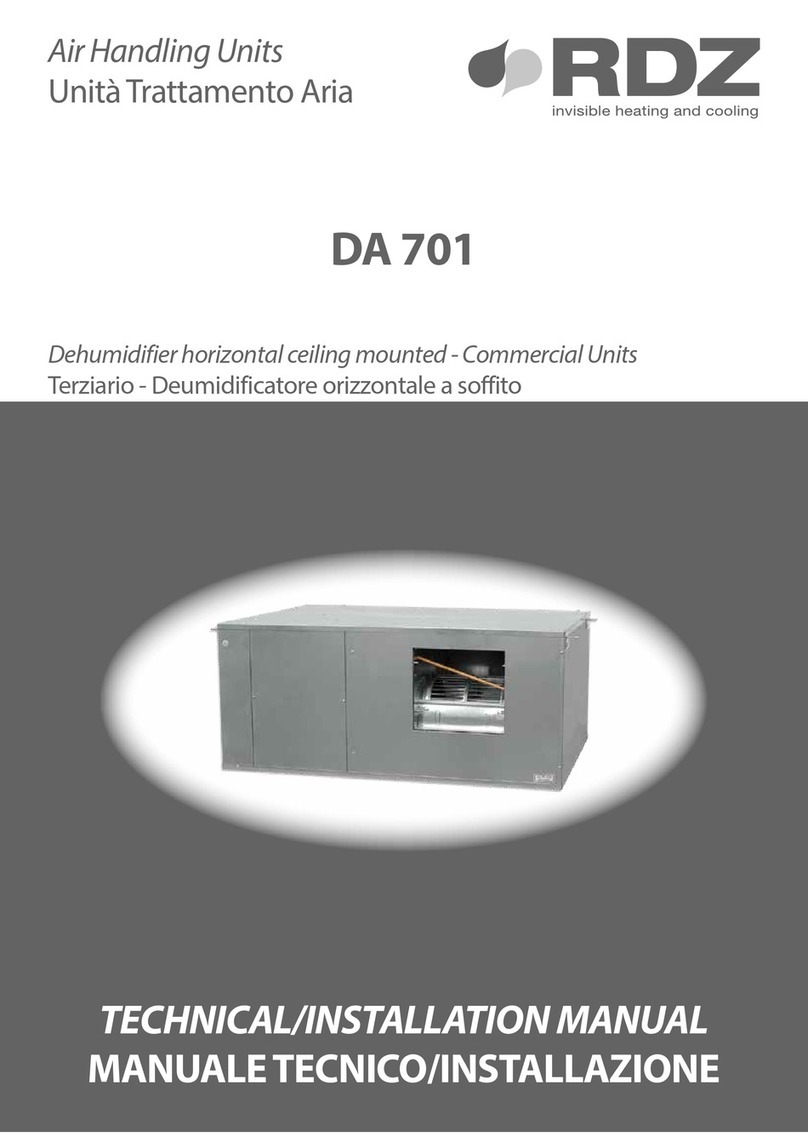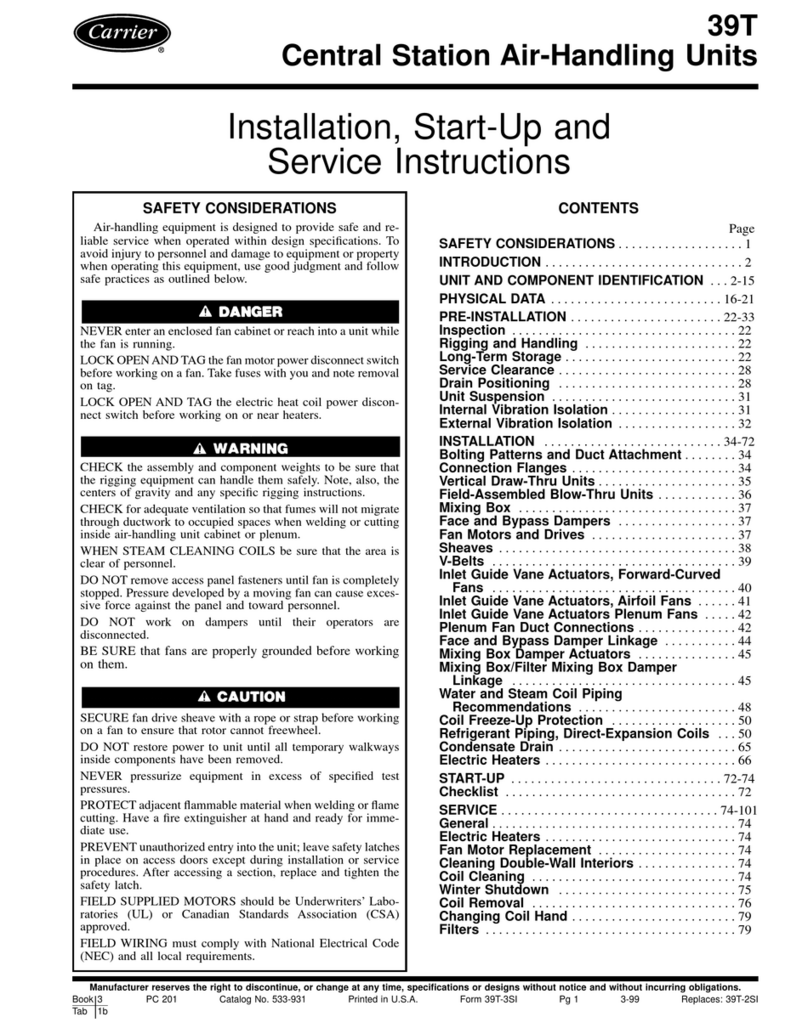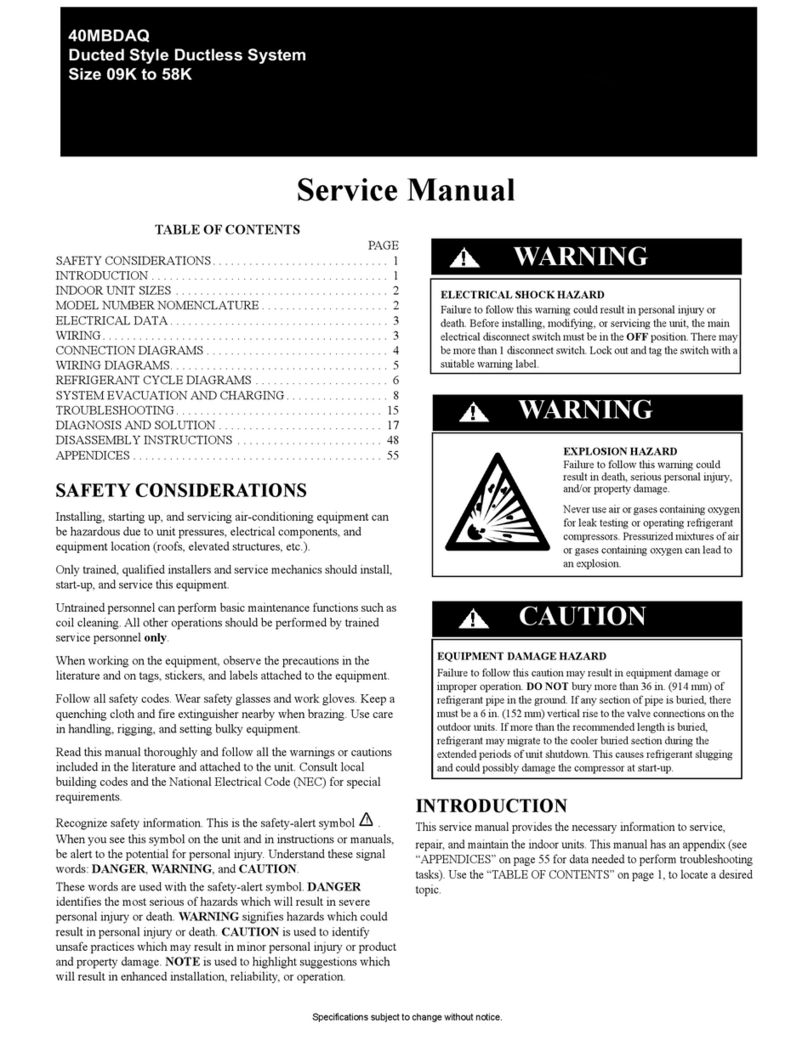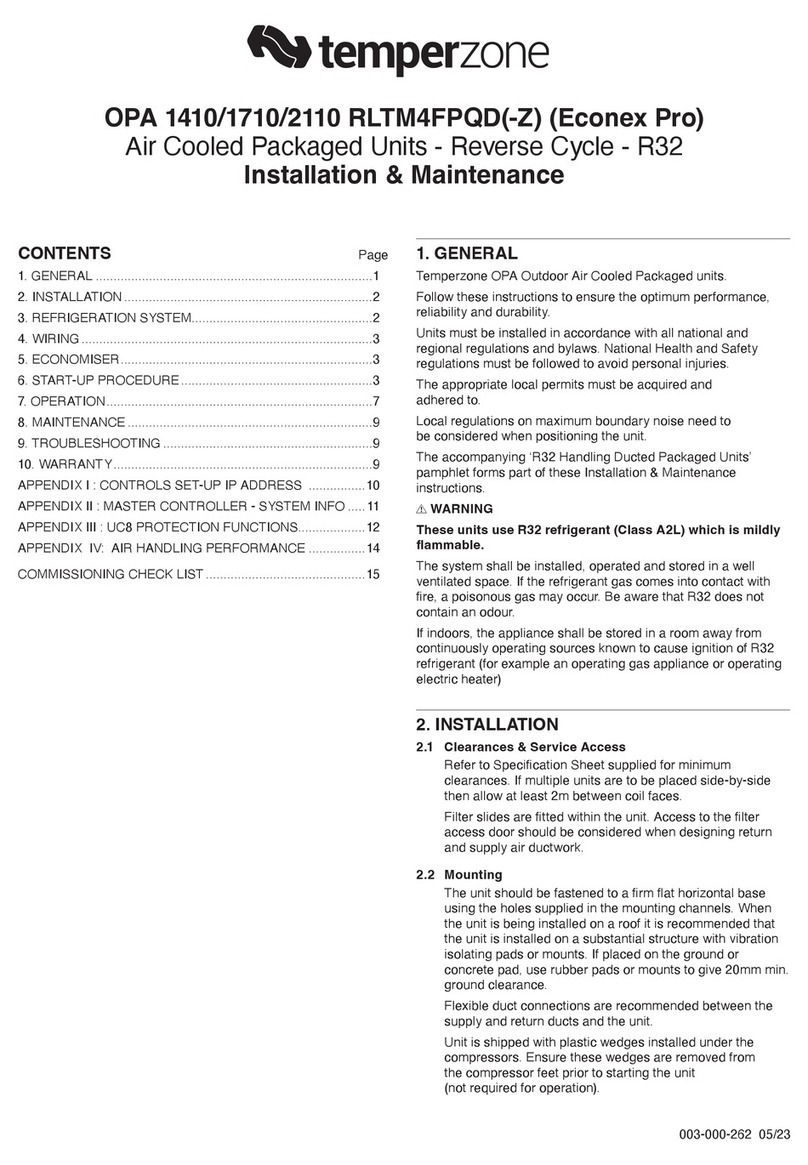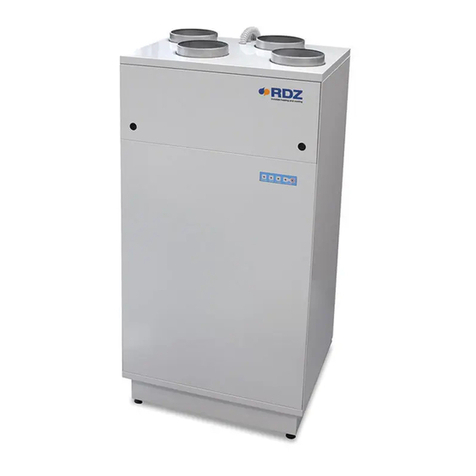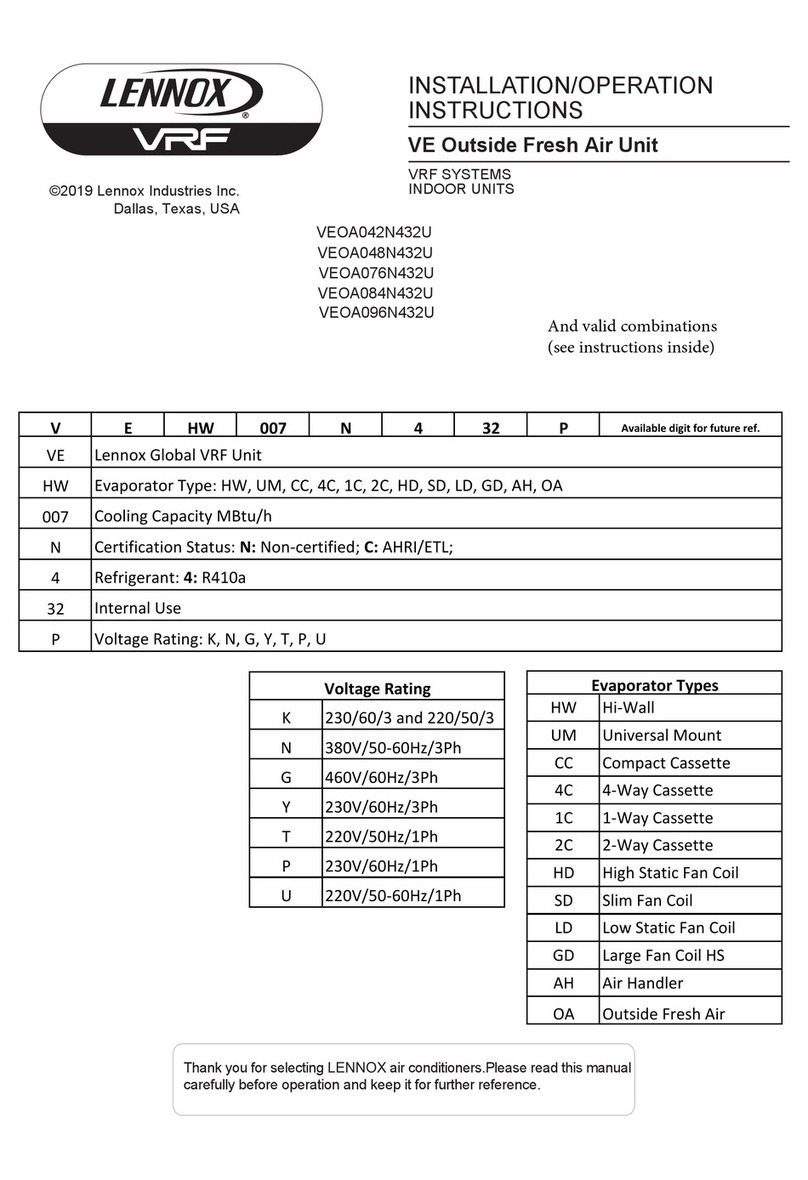Installation and Operating Manual
Printed: 02/2015
6.6. Multi-leaf dampers .......................................................................................................... 33
6.7. Electrical connections ....................................................................................................... 34
6.7.1 Holes for cables and glands .................................................................................................. 34
6.7.2. Motor connection ................................................................................................................ 3
6.8. Frost protection ............................................................................................................... 39
6.9. Potential equalization / earthing ...................................................................................... 39
6.10. Motor overload protection ............................................................................................. 39
6.11. Filters............................................................................................................................. 39
7. Commissioning and maintenance .............................................................. 40
7.1. Housing ........................................................................................................................... 42
7.2. Fan motor ........................................................................................................................ 42
7.2.1. Free-running wheels ............................................................................................................ 43
7.2.2. V-belt drive .......................................................................................................................... 4
7.2.3. Flat belt drive ....................................................................................................................... 47
7.3. Filters .............................................................................................................................. 48
7.4. Heat exchanger ................................................................................................................ 49
7.5. Humidifier ....................................................................................................................... 51
7. .1. Surface humidifier ............................................................................................................... 1
7. .2. Steam humidifier ................................................................................................................. 1
7. .3. Air washer ............................................................................................................................ 2
7. .4. Commissioning of contact humidifier ................................................................................. 2
7.6. Silencer ............................................................................................................................ 55
7.7. Multi-leaf dampers .......................................................................................................... 55
7.8. Weather guards ............................................................................................................... 55
7.9. Heat recovery unit ........................................................................................................... 56
7.9.1. Plate exchangers.................................................................................................................. 6
7.9.2. Closed-loop system (run around Coils) ............................................................................... 6
